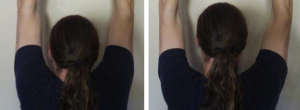In this video from Johnny Sapinoso we can see a number of very demanding workouts and feats, like:
- Front and back flips
- Cool moves on a bent bar
- One arm pullups on gymnastic rings
- Planche on rings and bars
- Planche pushups
- Amazing partner acrobatics (including a handstand)
- One arm handstand at the end of the video
Johnny Sapinoso has been training since the age of 5. But you certainly can achieve some of the feats listed above much quicker. If you are interested in learning how to do a one hand handstand, a back flip or just want to get started with lever training, then make sure to check out this page.









